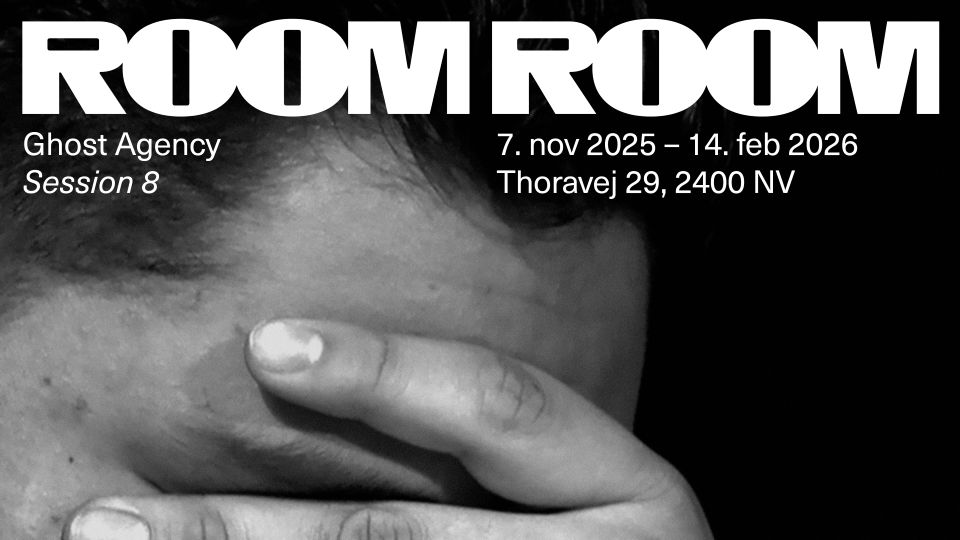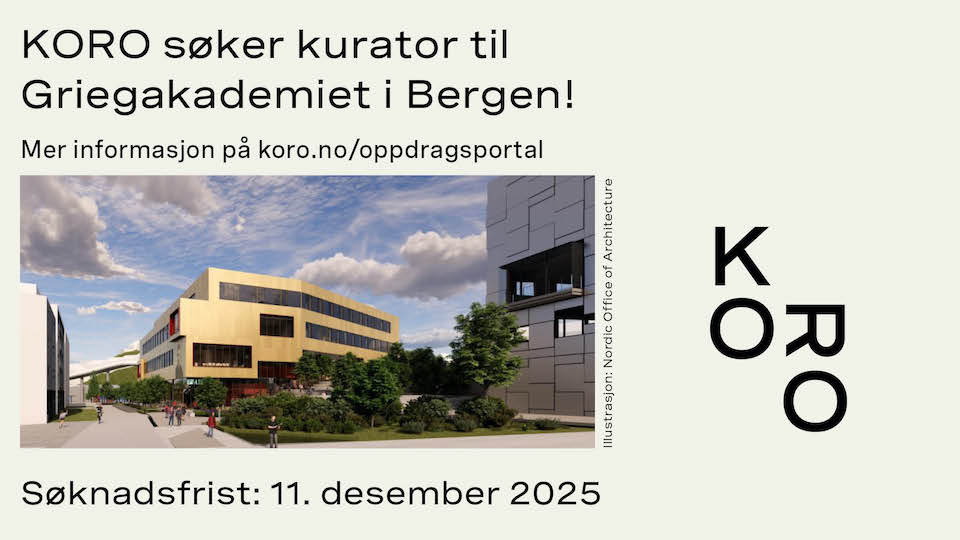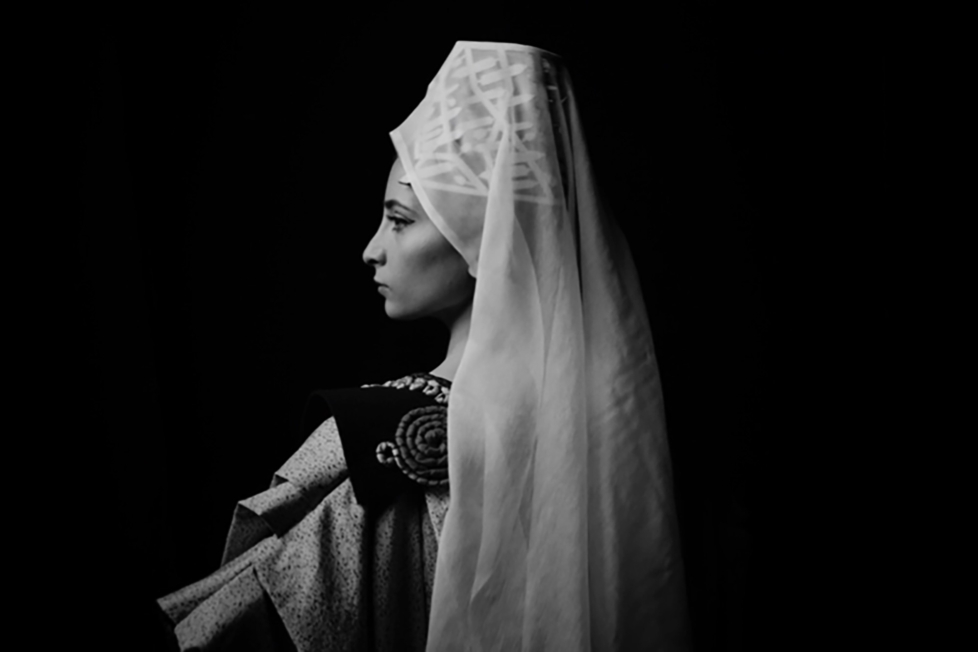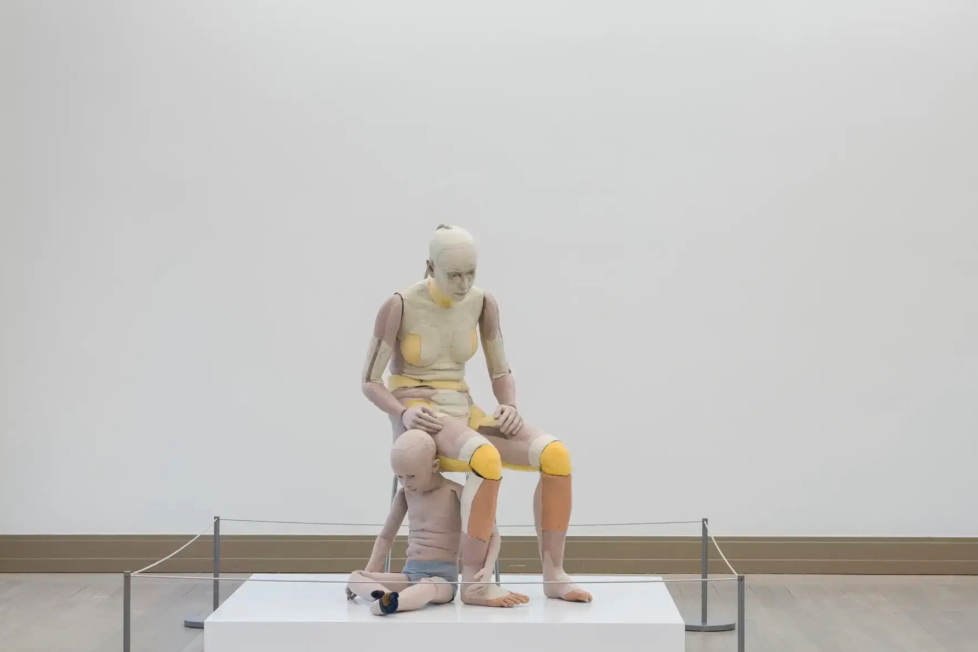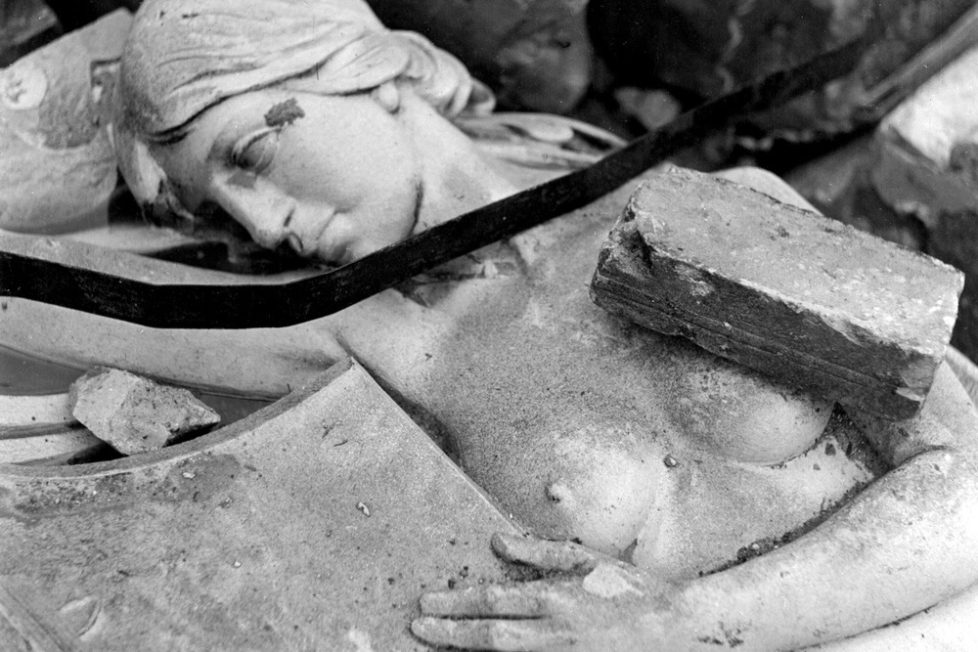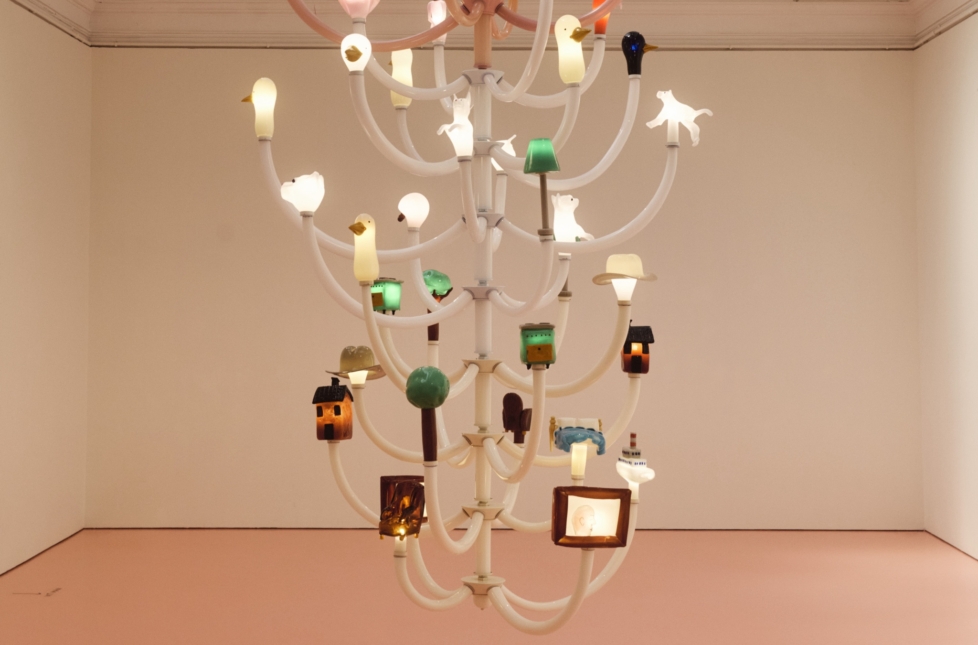
When the Danish Queen Dowager Charlotte Amalie bought Charlottenborg around the year 1700, she probably had no idea of the kind of evolution the palace would undergo and the events it would host – nor any inkling that her portrait would be included in a video work in an exhibition celebrating the 140th anniversary of Kunsthal Charlottenborg. Since 1754, when the Royal Danish Academy of Fine Arts officially moved into the baroque mansion, the place has been closely associated with art. In 1883, this led to the inauguration of a new extension, the Charlottenborg Exhibition Building, which we know today as Kunsthal Charlottenborg. Since then, the art centre has seen a steady succession of debutantes and international stars, such as the 21-year-old Anne Marie Carl-Nielsen, who made her debut at the Spring Exhibition in 1884, and Marina Abramovic, who performed her Art Must Be Beautiful / Artist Must Be Beautiful at the Women’s Exhibition XX in 1975.
The palace has also occasionally seen conflicts, as when four artists’ associations occupied the building for several days in 2007 to protest the discontinuation of the annual exhibition, which had been a tradition for one hundred years. More recent controversy surrounds Charlottenborg’s role in Denmark’s colonial history is touched upon in the aforementioned video work by Emil Elg. Looking out from a cockpit, the film shows a plane landing on the Caribbean island of Saint Thomas, which from 1672 to 1917 was part of the colony of the Danish West Indies and whose capital is named after Charlotte Amalie. Such complexities surrounding Charlottenborg are what the curatorial duo South into North, Julia Rodrigues and Francesca Astesani, has grappled with in the jubilee exhibition Full of Days.
Rodrigues and Astesani have Brazilian and Italian backgrounds respectively, but live and work primarily in Denmark. Since 2013, the duo has curated a number of exhibitions featuring artists such as Tue Greenfort and Nina Beier, as well as the group exhibition Freedom Is Outside the Skin at Kunsthal 44 Møen in 2020. South into North’s relationship with Charlottenborg also dates back to 2013, when it curated an art programme to coincide with the Chart Art Fair. Immediately afterwards, it produced Superflex’s “Working Title: A Retrospective Curated By XXXXXXXXX” and in 2015 it curated the art academy’s MFA degree show.
A little over a year ago, South Into North won an open call to curate Charlottenborg’s major 140th anniversary exhibition. According to director Michael Thouber, the duo came up with a “surprising proposal for a historical exhibition that wants tell not just one, but many stories at the same time.”

How did you solve the task of telling 140 years of history in a single exhibition?
Francesca Astesani: In our proposal, we questioned the idea of curating Charlottenborg’s history as if there was only one history – a linear narrative told by a transparent will. Accordingly, we have adopted a prismatic perspective to allow a lot of different voices to be heard. We have, of course, assumed a curatorial role, but have also acted rather like conductors of a large orchestra with many sounds and voices, which we had to make work within a wider context.
Julia Rodrigues: Another question was how we would create a historical exhibition about an institution that has no archive. So the first four months were spent on a lot of research, and during this time, we realised that Charlottenborg has never been just one institution: right from the outset, many different artists’ associations, groups, and protagonists have used the exhibition rooms found there.
How did you find material for the exhibition when there is no collection or archive to delve into?
Francesca Astesani: Even though we knew right from the start that we didn’t want to present a linear narrative, funnily enough we had to first build up a chronological timeline, only to break it up after. Later, we had conversations with artists, art historians, and other people who have been involved with Charlottenborg in various ways throughout time.
Julia Rodrigues: It was important to us to include a wide variety of perspectives shaped by different readings of the place. That is why we commissioned fourteen new works for the exhibition, connecting them with the historical material. Our conversations with the contemporary artists have taken this material as their starting point, and in that sense the exhibition is the result of a very dynamic creative process. Here it also became clear which stories and histories resonated with our interests and sense of humour – to frame what we wanted to achieve with the exhibition.

Which aspects of Charlottenborg’s history have you chosen to focus on, and why?
Francesca Astesani: We have taken 140 years of history and extracted ten themes, which are presented in separate rooms while also being interconnected. For example, we wanted to pay tribute to the recurring Spring Exhibition, and we chose to focus on the period from the late 19th century to the early 20th century, when landscape paintings were heavily overrepresented. Many of these have titles that refer to the seasons and changing light, and that ended up being the theme of that room. So we address various events in the venue’s history, but not necessarily in a direct, literal manner.
Julia Rodrigues: For example, the Royal Danish Academy of Arts is represented in the form of a commissioned work by Valentina Desideri & Denise Ferreira da Silva, who were invited to interpret the astrological chart of Kunsthal Charlottenborg. In their reading, they realised that the “mother institution” – the art academy – was so important that it ended up becoming the real focus of the work. The history of the art academy is not part of the exhibition per se, but because the academy is closely linked to the kunsthalle, it still exerts an influence.
Francesca Astesani: The artists’ associations are represented in the form of a new work by the collective Åbäke: a single large banner that portrays the associations as a group of groups rather than highlighting them individually. We try to emphasise their shared strategy of getting together and working collectively, rather than their individual formations.
Julia Rodrigues: Overall, the exhibition is structured around three circles. The core consists of the fourteen commissioned works because this is an important piece of Kunsthal Charlottenborg’s history: focusing on living artists and the art of its time. That layer is interwoven with the second circle, which consists of the historical works. The third circle is the documentation, consisting of text and images that are wallpapered directly onto the walls so that the entire venue is transformed into a sort of large pop-up scrapbook about the venue’s history. Within these three circles you will find shifts and turns. For example, one aspect may be concerned with the Festival 200 in 1969 in terms of period, but you also see that time through the lens of one of the commissioned works. These links and connections are what is interesting to us, the intertwining of voices and events.
How have you chosen to depict the “dark sides” of history, which are also part of the exhibition history at Kunsthal Charlottenborg?
Francesca Astesani: There are, of course, dark moments represented in the exhibition, and they don’t just concern the history of Charlottenborg but are part of a wider history. For example, cultural attitudes which today are unacceptable. In the show, we point to some of these critical issues and moments, especially through the dialogue between documentation and new commissions.
Julia Rodrigues: During our research, we also discovered that many of the exhibitions arranged here through the decades have also served commercial purposes. Among other things, the department store Magasin du Nord rented the rooms at Charlottenborg for over thirty years, from 1898 to 1929, presenting sales exhibitions with oriental carpets.
Francesca Astesani: The Magasin du Nord exhibitions were problematic because of their explicitly exoticising way of exhibiting non-Western objects and culture. We try to present these facts providing framing and context, but also focusing on raising critical points through the juxtaposition of documentary material and the historical or new works.

Neither of you grew up with Charlottenborg as part of your cultural baggage. How does this affect your view of the place?
Julia Rodrigues: I actually think it was brave of the jury to choose two outside voices to tell the histories of Kunsthal Charlottenborg, a place which many who grew up in Denmark feel a kind of ownership towards or are emotionally connected to.
Francesca Astesani: Precisely because we don’t have the same ties to the place, we may have enjoyed greater freedom to explore the images and themes we found most interesting or poetic – the things we think contribute to telling the story. For me, the exhibition draws a picture of the sheer complexity of history. It constitutes an attempt to tell a story using an associative method, rather than a more art-historical approach.
Julia Rodrigues: We also try to avoid being too assertive. We never say: “This is how things are.” Instead, we present some images and hope that people will form associations and see connections across it all; that they will explore this fantastic material and create their own story.
Is the exhibition an attempt at rewriting history by bringing in more perspectives?
Francesca Astesani: We simply bring some things into play that we feel are important in terms of discussing what history writing can be. We have no ambitions here to present any world-changing perspective, but simply want to do a good exhibition that can inspire people to think about history in different ways. We do this by working on the basis of ethical principles and by including different perspectives that overlap and are difficult to separate. History is a complex quantity.
Julia Rodrigues: At one point in the process I visited the Asger Jorn Museum, and there I understood his ambition to challenge art history without being assertive. We have also made use of a methodology focused on working comparatively and associatively with images and text. And, in that sense, we stand on the shoulders of those who came before us. It is important to use that knowledge to understand that there are countless angles and perspectives out there, not one firmly fixed narrative.
Francesca Astesani: This exhibition was very much created on the basis of great collective effort. I don’t like the idea that we as curators are the only ‘authors’ behind the exhibition. We call the exhibition Full of Days, but it is full of everything: people, objects, stories, relationships – just like this building. And this fullness, this complexity, it is in itself a reflection of the history, of the place.







